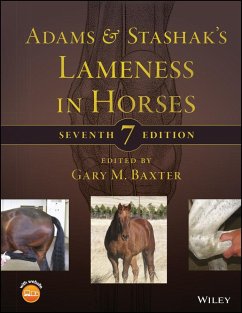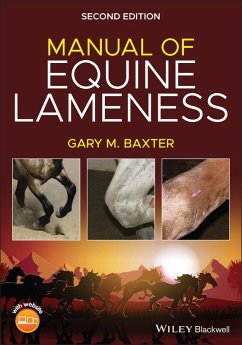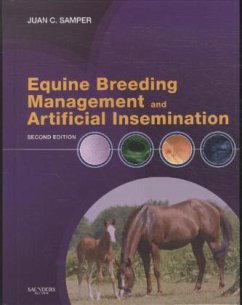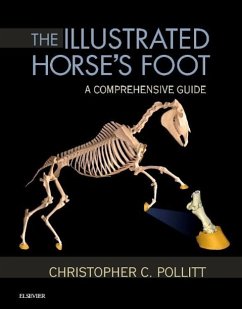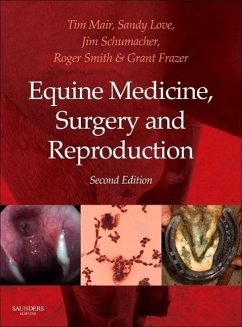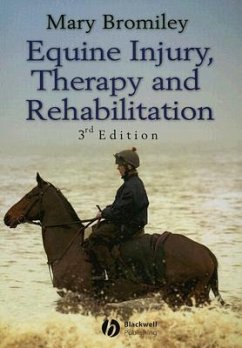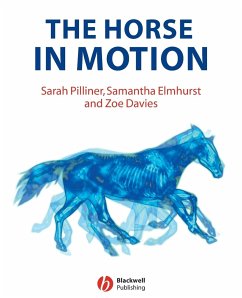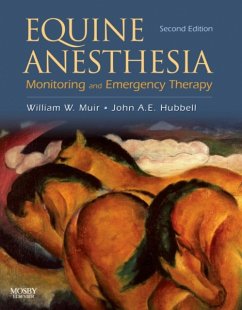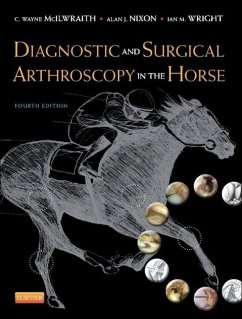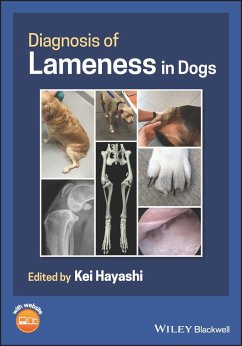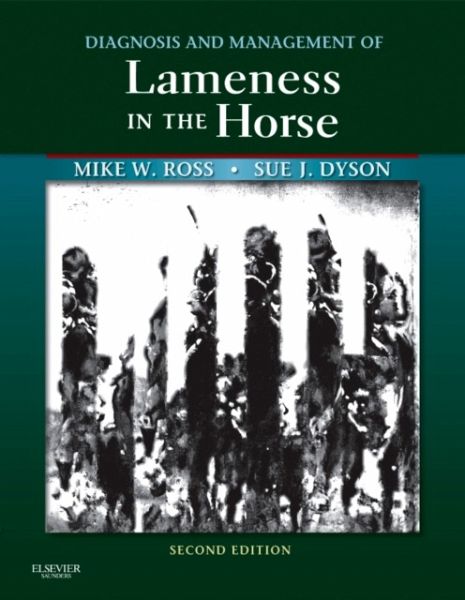
Diagnosis and Management of Lameness in the Horse

PAYBACK Punkte
90 °P sammeln!
Helping you to apply many different diagnostic tools, this book explores both traditional treatments and alternative therapies for conditions that can cause gait abnormalities in horses. It describes equine sporting activities and specific lameness conditions in major sport horse types.




